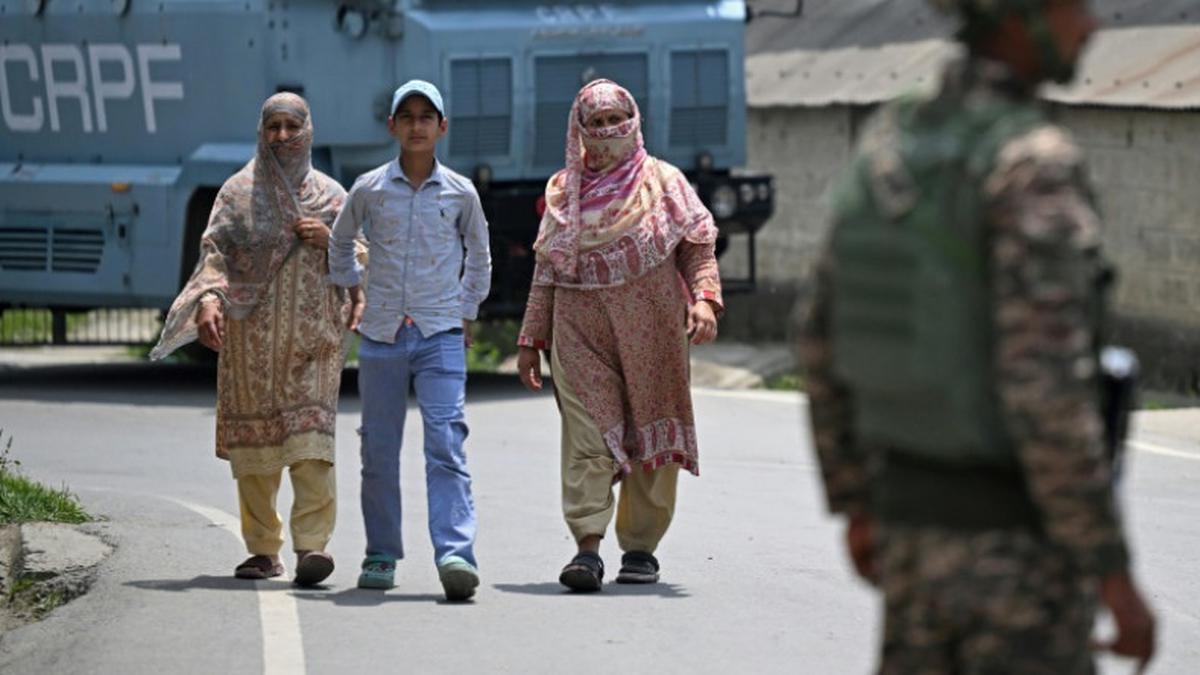As military tensions between India and Pakistan intensify, the potential economic fallout is drawing serious attention. In a newly released statement, S&P Global Ratings has warned that the prolonged conflict could increase debt vulnerabilities for both countries, especially if the situation escalates into a broader military engagement.
This alert arrives at a time when both nations are already navigating high fiscal deficits, rising borrowing costs, and weakening currencies. The warning underscores how geopolitical risks can directly impact sovereign creditworthiness and long-term economic stability.
Military Tensions Rising: What’s Happening at the Border?
Over the past two weeks, border skirmishes and airspace violations have reignited long-standing hostilities between the two nuclear-armed neighbors. Despite repeated calls for restraint from the international community, both governments have escalated their military postures along the Line of Control (LoC) in Kashmir.
Reports suggest that cross-border shelling, troop buildups, and air force mobilizations are pushing the region to the brink of open conflict. Naturally, these developments have rattled global markets and triggered currency depreciation and stock market volatility in both India and Pakistan.
S&P Global’s Assessment: War Could Deepen Debt Challenges
According to S&P Global, sustained military conflict would likely force both nations to divert resources from economic development toward defense spending. This shift could widen fiscal deficits, increase external borrowing, and put additional pressure on sovereign credit ratings.
“Geopolitical instability, if prolonged, would strain public finances and reduce investor confidence,” the agency noted. Additionally, higher risk premiums on government bonds could raise borrowing costs and slow infrastructure investment—two key pillars for economic growth in both countries.
S&P also highlighted that Pakistan, in particular, remains more vulnerable, due to its higher debt-to-GDP ratio and reliance on external financing, including support from the IMF and friendly nations like China and Saudi Arabia.
Investor Sentiment Shaken: Regional Markets React
In reaction to the ongoing conflict and S&P’s warning, financial markets have already begun to show signs of distress. The Indian Rupee and Pakistani Rupee both slid against the US dollar, while stock exchanges in Mumbai and Karachi posted losses in recent trading sessions.
Foreign investors are now reconsidering exposure to South Asia, seeking safer assets in more stable regions. If the conflict drags on, capital flight and reduced foreign direct investment could worsen the economic picture for both nations.
Conclusion: The Economic Cost of Escalation
While the India-Pakistan conflict has deep historical roots, its modern economic consequences are more significant than ever. As S&P Global warns, the cost of military engagement goes far beyond defense budgets—it threatens macroeconomic stability, increases debt burdens, and diminishes investor confidence.








